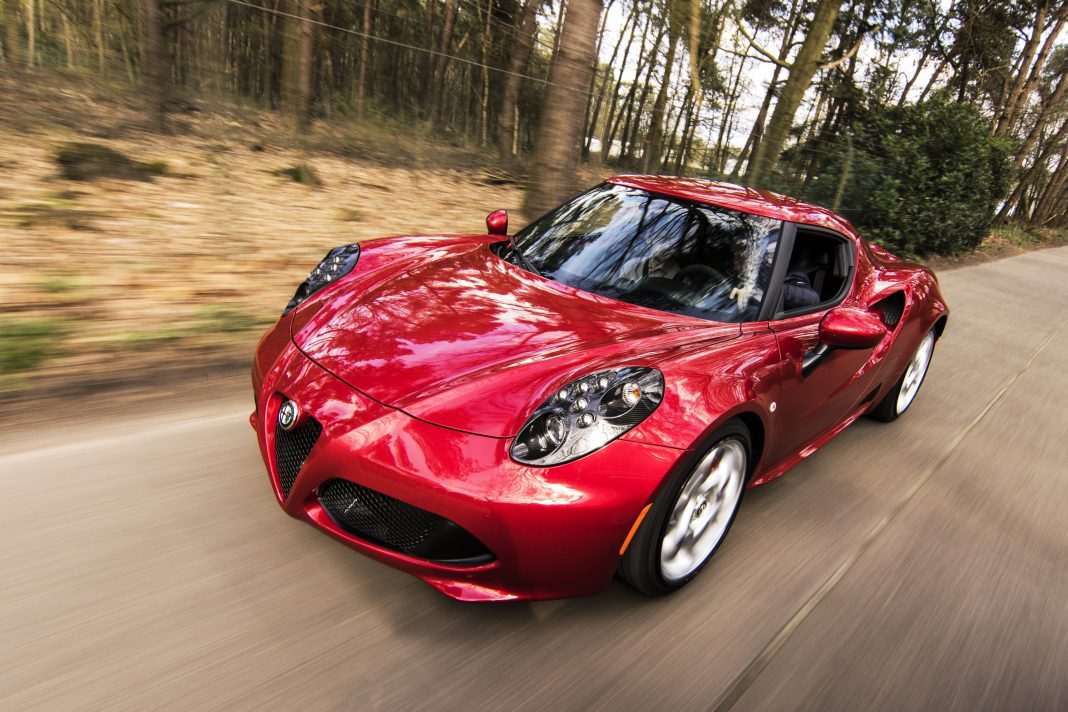Google, the first business to create a car without a steering wheel, accelerator, or brake pedal, just showcased a brand-new self-driving car prototype.
The arrival of the vehicle heralds the advancement of Google’s self-driving car initiative. It was inspired by the early 2000s Darpa Grand Challenges for robotic cars.
Google began working on its self-driving car project in 2008, and it has continued ever since. Initially with modified Toyota Prius vehicles and later with customized Lexus SUVs that added a rotating laser scanner to the top of the car’s existing sensors, like the cruise control cameras.
Basic introduction
To test the next phase of its five-year-old self-driving car research, Google created the first driverless electric car prototype. It has two seats and adequate room for a small amount of luggage. Perhaps, it resembles a hybrid between a Smart car and a Nissan Micra.
It represents Google’s first concrete physical realization of what a self-driving car of the coming years would look like. However, it works in and around California, particularly in the neighborhood of Mountain View, where Google is based.
Without any user input, it transports two persons between two locations. Smartphone users can request a car to pick them up at their location and take them to their destination.
There is only a start button and a large red emergency stop button. There is no steering wheel or human control. A small screen in front of the passengers displays the weather, the current speed, and a brief launch countdown animation.
What does it feel like?
The new car has only been made available to a very small number of people outside of Google. The majority of the persons featured in Google’s commercials for the new vehicle rated the experience as “smooth” and “not even the slightest threat.”
One of the few test data riders was Kara Swisher and Liz Gannes from the technology website Recode. They said the car felt “a lot like a theme park ride,” despite being small and having “ample” room despite the lack of typical controls in the cabin.
Who designed it?
To avoid blocking any sensors or creating blind spots, Google started with the sensors and a frame to connect them before adding the cabin and, last, the body shell. A company in the Detroit region would manufacture roughly 100 prototype self-driving cars. Although, Google declined to say which one.
How does it function?
The automobile, which has an electric motor with a range of about 100 miles, combines sensors, software, and very accurate digital maps to locate itself in the real world.
When the automobile is roughly located using a GPS, similar to the satellite navigation systems in most cars, radar, lasers, and cameras take over to monitor the environment all around it in 360 degrees. The program can identify objects, people, cars, road markings, signs, and traffic signals.
It complies with traffic laws and accounts for a variety of unforeseen risks, including cyclists. It can even detect road construction, and it can safely go around it.
How risk-free is it?
The new vehicle is a development of Google’s self-driving vehicle. Although the new frame is not under testing, the company’s earlier models have logged more than 700,000 miles of testing on public roads.
Primarily in California, including more than 1,000 miles of driving in the most challenging conditions and cities like the hilly and congested streets of San Francisco.
The car’s top speed is restricted to 25 mph, which keeps it on particular roads. It also reduces the amount of kinetic energy it might carry in the event of a collision.
With a foam bumper and a flexible windscreen that is intended to absorb energy from a collision with a person’s head, the front of the automobile is also designed to be as kind to pedestrians as possible.
Additionally, the car has redundant systems, or what Google refers to as a “fault-tolerant architecture,” for both steering and braking, should the primary systems fail. There is also an emergency stop button that passengers can press at any time. Seat belts are essential for all vehicles on the road.
Google has also developed a defensive, considerate driving style. It is intended to protect both the passengers and other road users by using the information and driving habits it learned from its prior vehicles.
When can I purchase one?
Although testing would take longer than two years, Google claims that the vehicles should be road-ready by the beginning of next year. The technology will then go for the following phase, which is probably more extensive pilot testing.
It is currently anticipated that self-driving cars won’t be developed to the point where they can produce a real, non-prototype product for at least five years, but it may take much longer.












